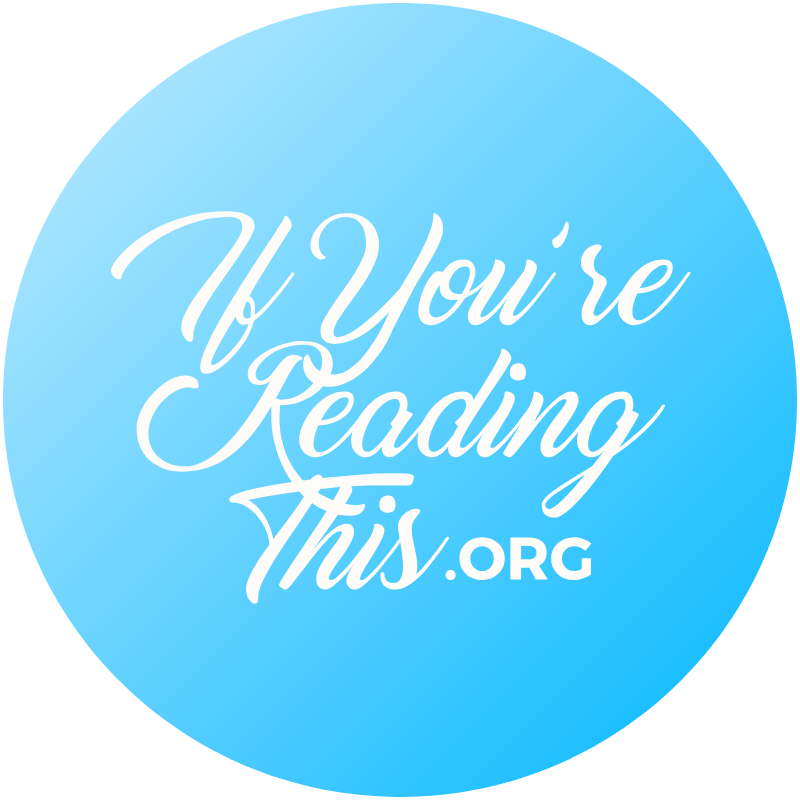Caitlin C.
Photography by Jessica Pentel
If you’re reading this, you’re more than a label.
All my life I have used the word crazy to describe myself. For as long as I can remember I would say the phrase “I’m sorry, I’m just being crazy” or “that must not be right, I’m just crazy.”
“Caitlin, are you ready to go?” My mom would yell up the stairs, “yeah just give me 5 minutes.” As I sit in my room I go over the pattern in my head,
*1 2 2 1 2 1* “ok that’s one”
*1 2 2 1 2 1* “ok that’s two”
*1 2 2 1 2 1* “ok that’s three”
My mom had no idea what I was doing for those 5 minutes but these types of mental patterns have consumed me for the past 22 years. When I have a thought, it must be reversed, rehearsed, and repeated a certain number of times before my brain will let me go. The numbers and patterns have changed over time but one thing is for certain, they have never gone away.
My uncontrollable thoughts started around the age of 5. I constantly had a voice telling me to do things or implanting intrusive thoughts in my head. The voice would tell me to sit and stop my phone timer at exactly one second or I would become a serial killer, or it would tell me to plug in my phone thinking a good thought or else I would die. When I “failed” a task I would find myself getting antsy and I would stop being able to function properly. These thoughts continued all throughout my life and made it difficult to get through the day because I was constantly thinking I was going to turn into a monster unless I was at the beck and call of the voice in my head.
The compulsions didn’t stop at the patterns, they impacted the way I moved physically as well. Every time I walked up steps I had to land on my left foot or I would panic, every time I touched something with one hand I had to touch it with the other, every time I felt “off” I had to find a way to even out the physical sensations in my body. I would have breakdowns in Payless because my shoe didn’t fit my foot in a particular way, and I couldn’t understand why I was so worked up about it. These compulsions all came from the voice in my head that I thought everyone had. I had no idea the alternate world I was living in.
The voices continued until I hit my breaking point. One day, when I was 16, my mom and sister left the house and I was home alone. Usually this was good because it allowed me to do my patterns without being interrupted by conversations, which meant I could get through them faster. Unfortunately, I had messed up one of my mental patterns one too many times and the next thing I remember I was on the floor in the hallway hyperventilating. This was my first panic attack. I forgot how to breathe, I couldn’t move, I was unable to function, I was frozen. It was at this moment that I realized I needed help.
I always justified my thoughts by saying I was “being crazy” because I didn't want to accept that there was something else going on. I would try to calm myself down by saying “this sort of thing happens to everyone. Everybody has these thoughts, it’s ok,” but that didn’t seem to be enough. It wasn’t until I started going to therapy that I finally realized I wasn’t crazy. I had something called Obsessive Compulsive Disorder or OCD. I found that it wasn’t typical for people to experience these debilitating thoughts and actions on a daily basis. There was a name to the voice in my head. It helped me realize that I had been avoiding a label because I so badly wanted to be normal.
My “normal” might look different than everyone else’s but that doesn’t make me crazy and it doesn’t make you crazy either. I’m finally accepting that having a disorder does not equate to me being “crazy” and that calling myself crazy only stigmatizes it more. I want people to know that they deserve more than to feel defined by a label.
There are some days that I feel like I will never escape my own thoughts or the ways that I think, but I have been reassured that things will get better. I am going to choose to believe that and if you are reading this, I hope you will too.
Caitlin C., University of Virginia
Connect With Us
To follow IfYoureReadingThis at UVA on Instagram, get in touch with our chapter, and learn about more resources available to University of Virginia students, visit our chapter’s homepage.
AUTHOR CONTACT
This author has opted to allow readers who resonate with their story to contact them. If you would like to speak to the author of this letter about their experience, please use the form below.

